A Closer Look At The Asteroid Anthe

Introduction
Asteroids have long fascinated astronomers and researchers, offering valuable insights into the origins of our solar system. In this article, we will explore the asteroid Anthe, diving deep into its characteristics, formation, and significance in the realm of celestial bodies.
Anthe's Composition and Physical Properties
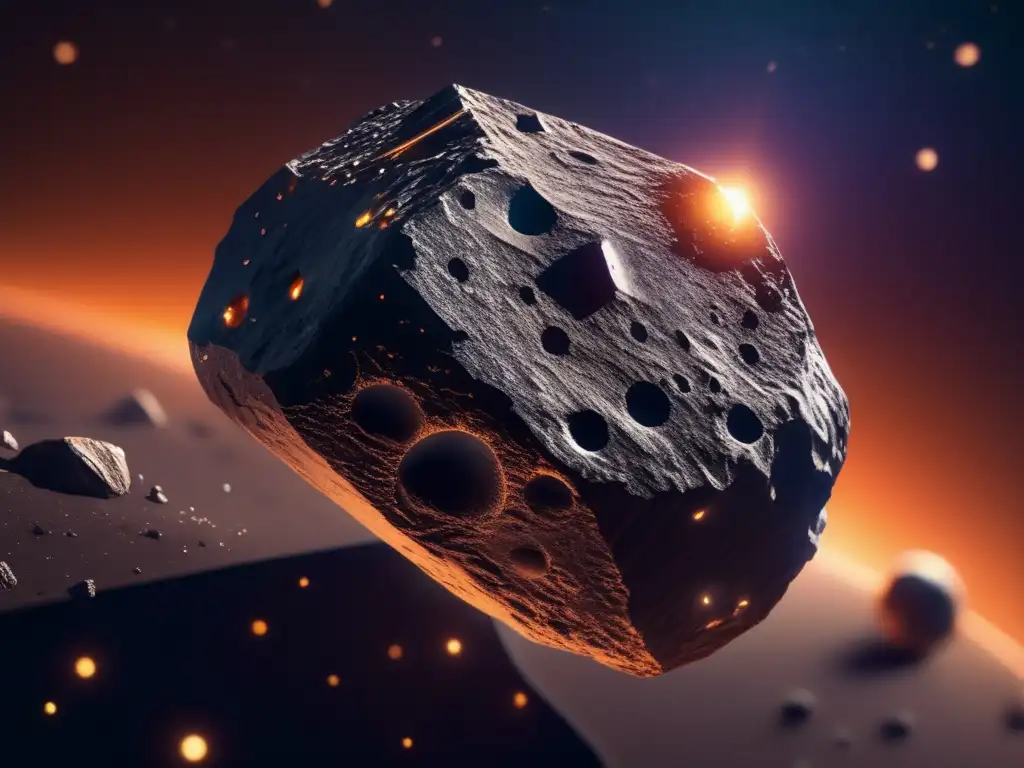
Composition
The asteroid Anthe falls under the classification of a small main-belt asteroid, belonging to the Amor group. Its composition is predominantly rocky and metallic, similar to other asteroids found within the main asteroid belt between Mars and Jupiter.
Physical Properties
With an estimated diameter of approximately 2.8 kilometers, Anthe is considered a relatively small asteroid. Its irregular shape and rugged surface are common among asteroids. Researchers have noted the presence of impact craters on Anthe, indicating its involvement in past cosmic collisions.
Anthe's Orbit and Formation
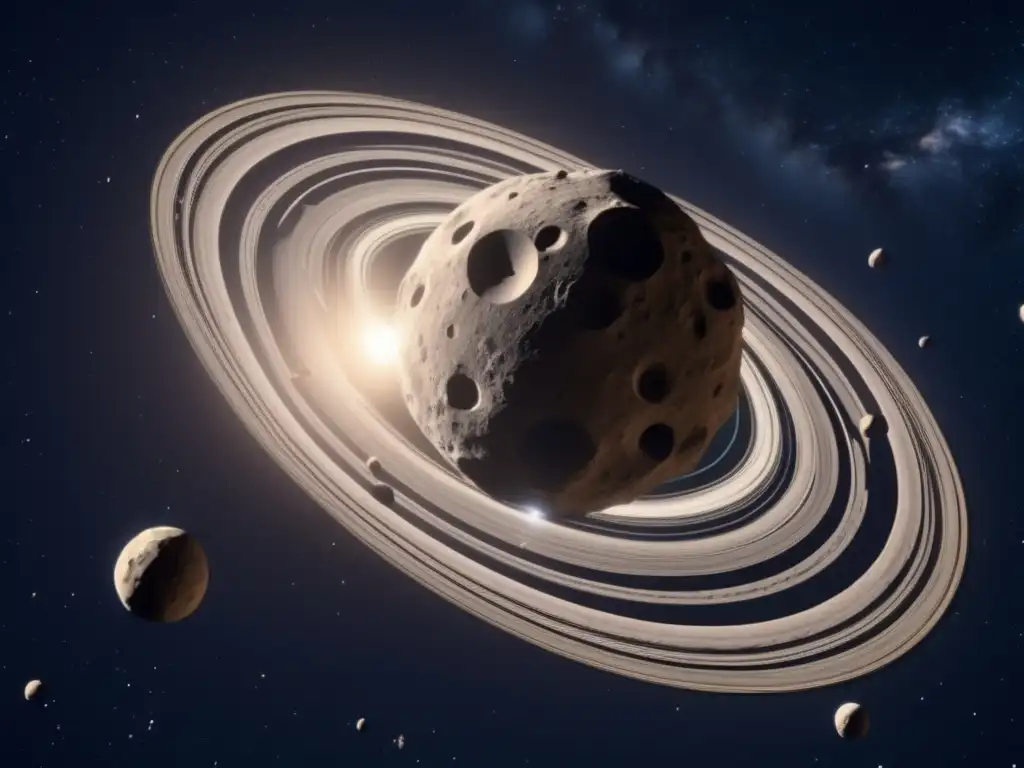
Orbit
Anthe follows an elliptical orbit around the Sun, with an average distance of roughly 1.1 astronomical units (AU). It completes one orbit every 2.6 years, crossing paths with Earth's orbit at certain points. However, the chances of a collision with our planet are extremely low.
Formation
The precise formation process of Anthe remains uncertain. Most asteroids are believed to be remnants from the early stages of our solar system's formation, where swirling clouds of dust and gas eventually coalesced into larger bodies. Anthe might have originated from a region closer to the sun, later migrating to its current orbit due to gravitational interactions.
Anthe's Significance and Research Findings
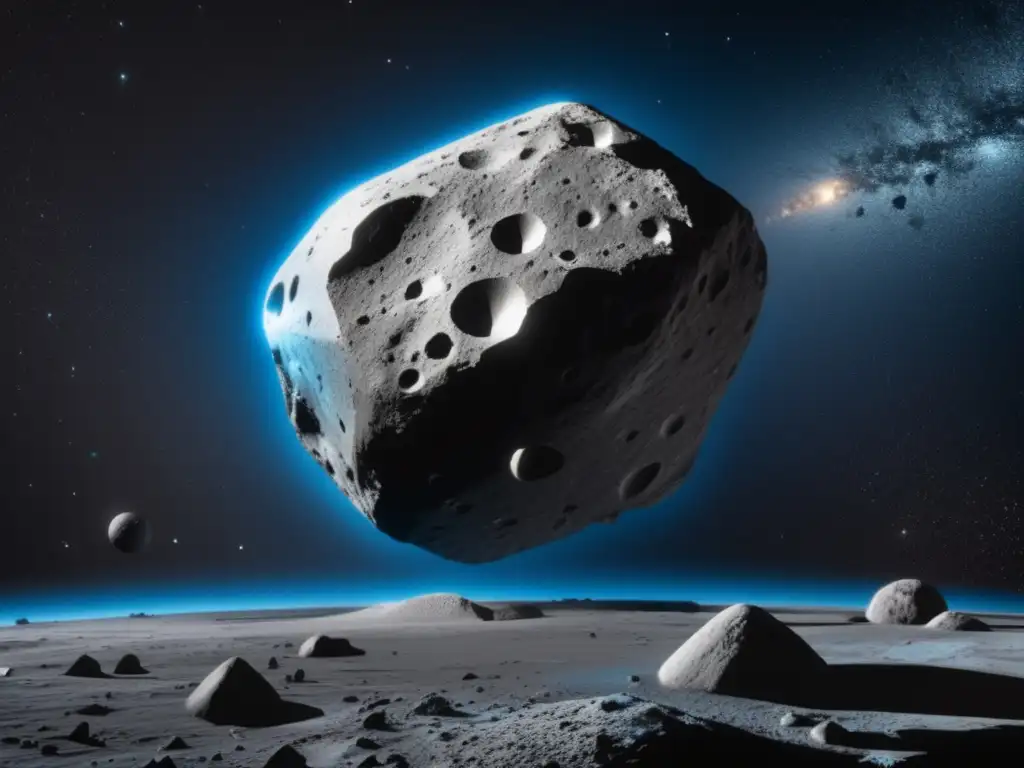
Significance in Asteroid Studies
Anthe, like other asteroids, provides scientists with an opportunity to unravel the mysteries of our solar system's formation. By studying its composition, structure, and orbit, researchers gain valuable insights into the dynamics that shaped our cosmic neighborhood.
Research Findings
Scientists have conducted various studies and observations on Anthe to gather detailed information about its composition and physical characteristics. Through spectroscopy, they have determined that Anthe shares similarities with other asteroids belonging to the Amor group, indicating a common origin or history. Additionally, radar observations have helped map its surface and identify potential areas of interest for future exploration.
Potential Impact of Anthe
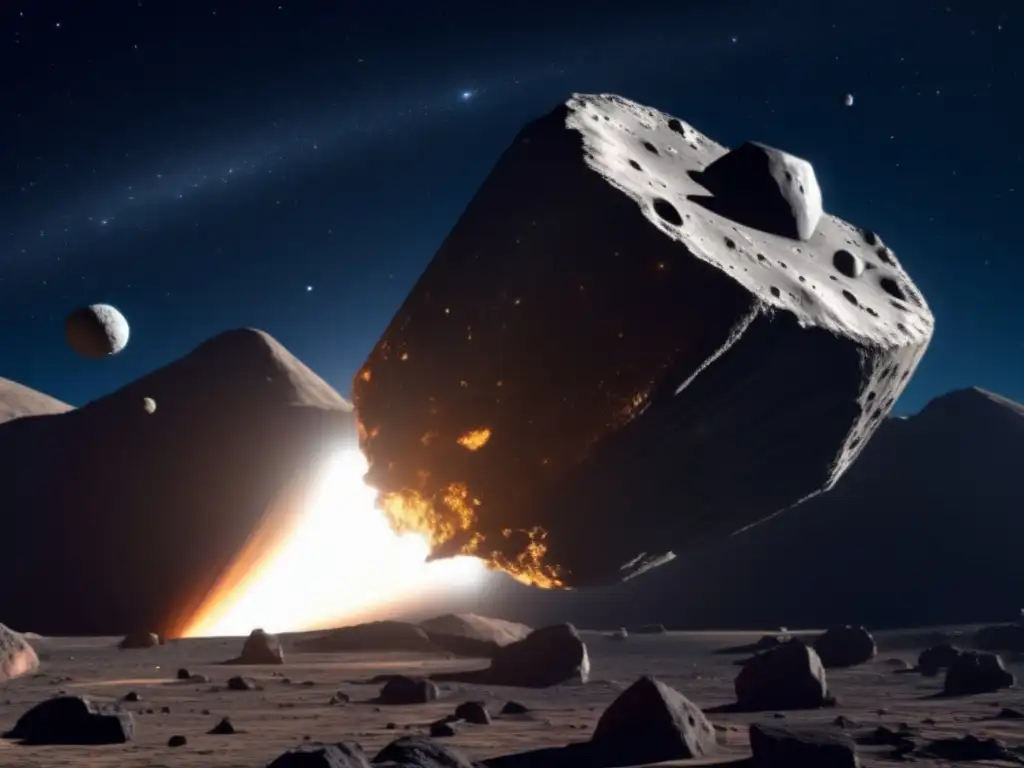
Possible Threat to Earth
While Anthe's orbit brings it close to Earth, the chances of it colliding with our planet are incredibly low. Scientists closely monitor near-Earth asteroids like Anthe to ensure their trajectories remain predictable and do not pose any threat to our planet.
Potential Mining Resources
As space exploration and resource utilization technologies progress, the mining potential of asteroids such as Anthe becomes an intriguing prospect. The valuable resources present in asteroids could potentially be extracted in the future, supporting space exploration activities or even planetary colonization endeavors.
Frequently Asked Questions
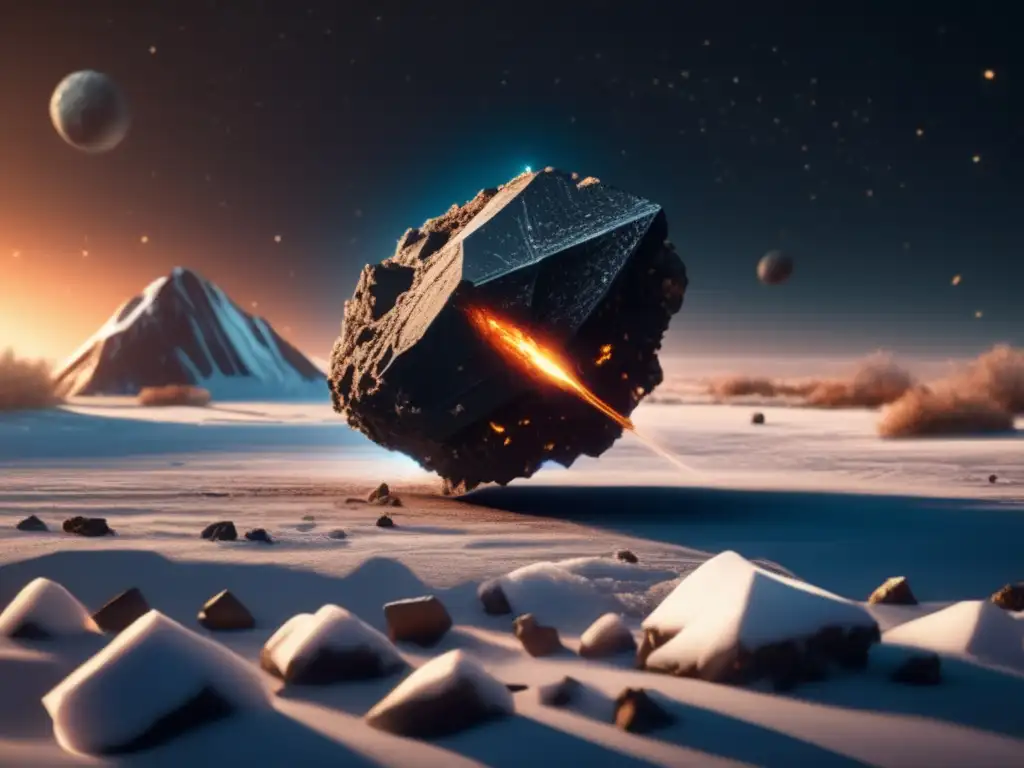
-
Q: What is the size of Anthe?
A: Anthe has an estimated diameter of approximately 2.8 kilometers.
-
Q: What is the composition of Anthe?
A: Anthe primarily consists of rocky and metallic materials.
-
Q: What is the orbit of Anthe?
A: Anthe follows an elliptical orbit around the Sun, with an average distance of roughly 1.1 AU.
-
Q: Is Anthe a potential threat to Earth?
A: The chances of Anthe colliding with Earth are extremely low.
-
Q: Can Anthe be mined for resources?
A: Asteroids like Anthe hold potential resources for future space mining endeavors.
Conclusion
As we conclude our exploration of Anthe, its composition, orbit, and significance within the realm of asteroids become evident. While Anthe provides valuable insights into our solar system's remarkable history, it also presents possibilities for future space exploration and resource utilization. We hope this article has deepened your understanding of this intriguing celestial body.
Feel free to share your thoughts and additional questions in the comments section. Subscribe to www.asteroidrealm.com for more fascinating articles and engage with the asteroid community through social networks. Thank you for taking the time to delve into the captivating world of asteroids with us.
Additional Resources
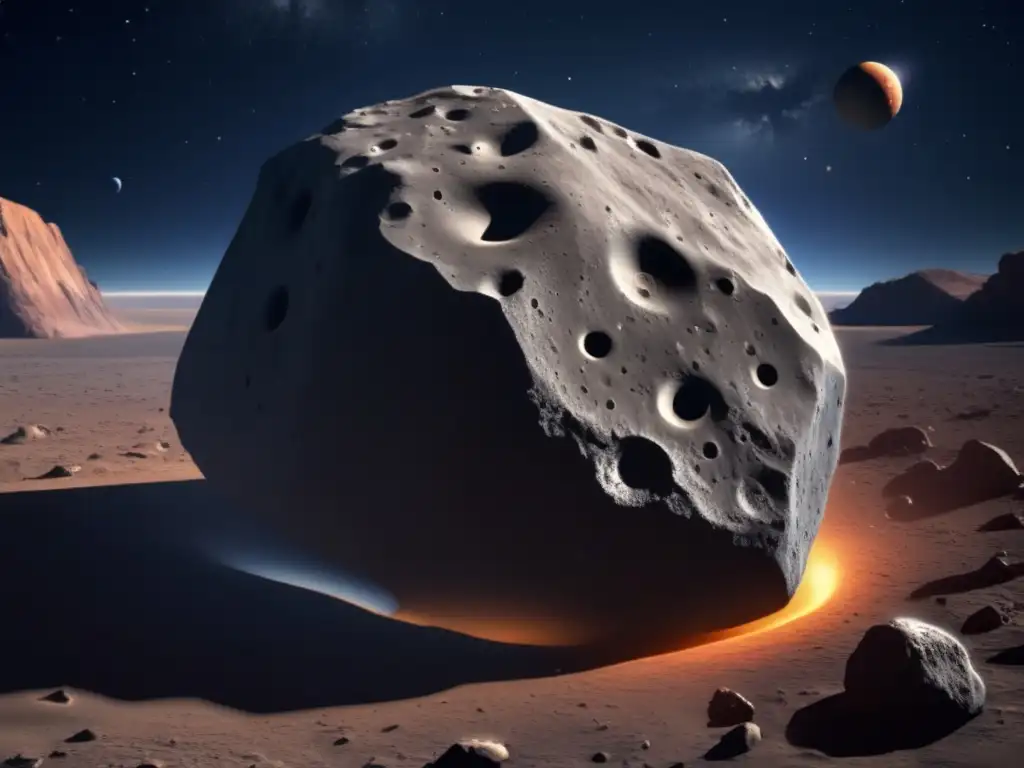
For those interested in delving deeper into the topic of asteroids and space exploration, we recommend the following resources:
- NASA - National Aeronautics and Space Administration
- ESA - European Space Agency
- Asteroid Realm Website
 The Secrets Of Asteroid Bellerophon
The Secrets Of Asteroid Bellerophon Uncovering The Facts About Asteroid Arche
Uncovering The Facts About Asteroid Arche Asteroid Hylas: The Story Behind The Name
Asteroid Hylas: The Story Behind The NameIf you want to discover more articles similar to A Closer Look At The Asteroid Anthe, you can visit the Asteroid Profiles category.
Leave a Reply

Articulos relacionados: